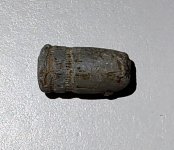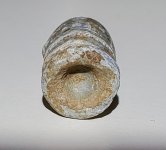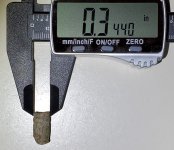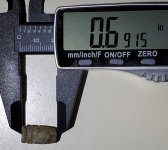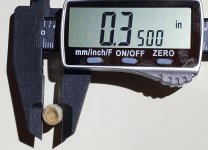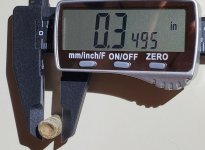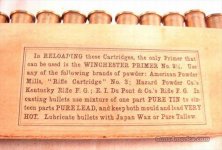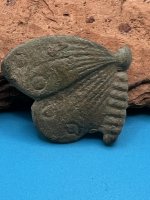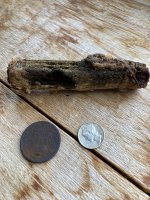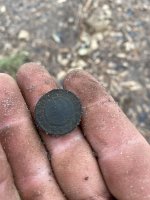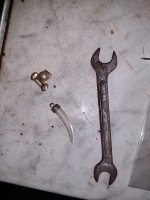mrmastadon
Jr. Member
My coil hasn't swung over much interesting lately (not for lack of trying) so I was going through my finds box and happened across this gray lead bullet. Let me preface this by saying I know *nothing* about ammunition, but seeing as I live in what was once the murder capital of the south, I find lots and lots of them, and I find the variety interesting. This one caught my eye simply because it's the only one I've found with a double groove. I understand it's post Civil War based on the reeded cannelure, but that's pretty much the extent of what Google has taught me. Any additional info you smart people can add would be much appreciated! Thanks, y'all.
-Andrew
-Andrew


